Planning to visit the Balkans this year but not sure when to go? We’ve got you.
Whether you’re looking for the best month to visit Albania for sun, when to hike the Peaks of the Balkans trail or the best time to book a holiday in Croatia to avoid the crowds (hint: you’ll always dodge the crowds with us), keep reading.
Balkans climate
Croatia, Montenegro, Albania, southern Bosnia and southern Bulgaria generally have a Mediterranean climate, meaning hot, dry summers and mild winters. Like anywhere, the weather is generally cooler and less predictable in the mountains in these destinations, where there can be snow during winter and early spring.
The more northerly locations such as Serbia, northern Bosnia around Sarajevo, and parts of Montenegro have a milder, more continental climate.
Balkans weather by month
See the average daytime high temperatures by month in Croatia, Albania, Montenegro and other popular holiday destinations in the Balkans below. But bear in mind it depends on where you go. Mostar in Bosnia is more like 25-40℃ in August due to humidity.
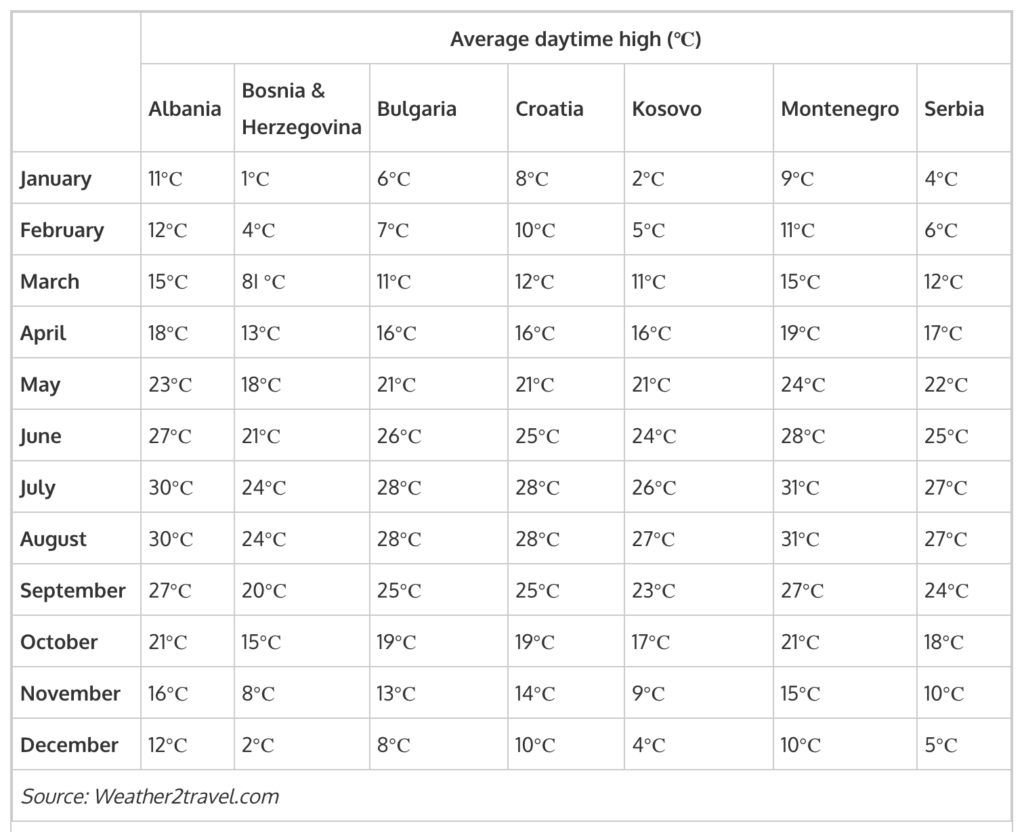
Best time to visit the Balkans for sun
A Balkan summer is like no other — long sunny days and a culture that celebrates leaping into refreshing pools of water, whether it’s the Adriatic Sea or a brilliant blue river. Balkan summers see temperatures generally hovering between 27℃ and 31℃, occasionally climbing to the high 30s, depending how far south you go. During these months, you will see little rainfall and lots of clear, sunny skies – perfect for water activities like kayaking, rafting and wild swimming.
If that’s a little too hot for you, consider visiting in April or May for daytime temperatures in the low to mid 20s. Bear in mind that the weather is less predictable in shoulder season and it could be 30℃ and sunny one day and 15℃ and raining the next, so pack accordingly, especially as nights will be cool.
Browse our summer activity holidays in Croatia, Montenegro and Albania or see all destinations.
Best time to visit for hiking
Is tackling the Peaks of the Balkans trail on your 2025 to-do list? Or perhaps the Theth to Valbona pass? Summer, from June, and autumn are the perfect times of year to plan your hiking holiday in the Balkans and avoid lingering snow. Swap sweltering temperatures at the coast for cooler, fresher air as soon as you’re 1,500 metres above sea level – a true escape to the mountains. Weather in the Balkan highlands is notoriously unpredictable, even in July and August — it can be 30 degrees one day and a cold downpour the next. Remember, sunburn is always a risk in the mountains on clear days, so wear a high SPF sunscreen.
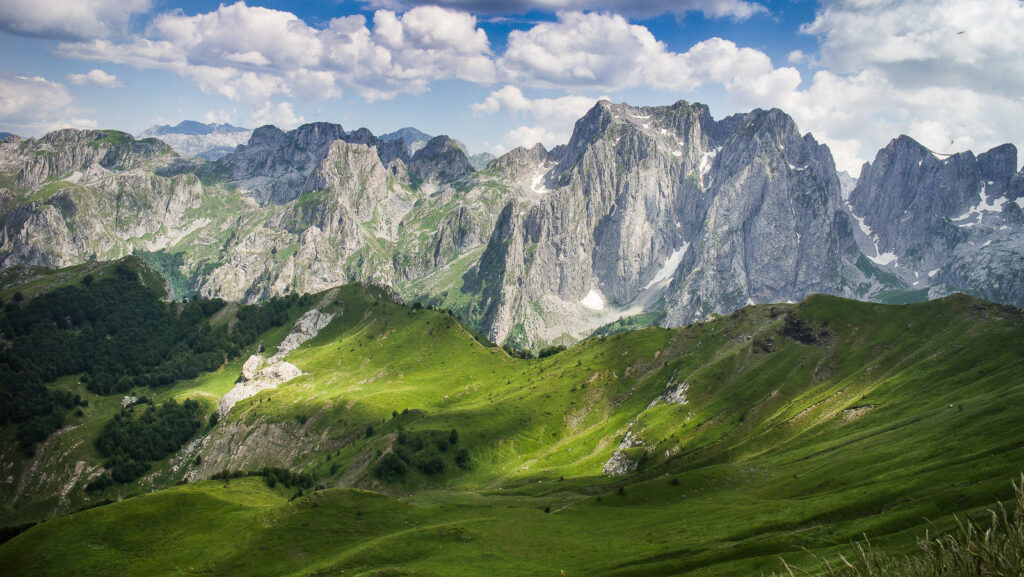
As well as for safety, planning your hiking trip to the ‘Balkan Peaks’ after spring means you can look forward to some beautiful displays from nature. Autumn breathes spectacular morning mists over the valleys and the reddening forests give Canada a run for its money. Early summer has the feel of a second spring with brilliant displays of wild flowers and the bleating of newborn lambs as you walk through mountain farming villages with us in Bosnia, Montenegro and Albania.
Of course, if you prefer to hike coastal trails, then shoulder season’s the best time to go, unless it’s somewhere forested and with water to jump into. Even then, you’ll need to take a break in the heat of the day.
See our hiking holidays.
Related:
- How to pack light for an adventure holiday in the Balkans
- Festivals in Croatia, Montenegro, Albania, Serbia & Kosovo 2025
- Where to find hot weather & adventure in the Balkans in September
Best time to visit for swimming and water activities
Unsurprisingly, the summer months are when you will find the water most refreshing for a dip in the Adriatic, wild swimming in Lake Skadar or canyoning in Serbia as the outside temperatures climb above 30℃.
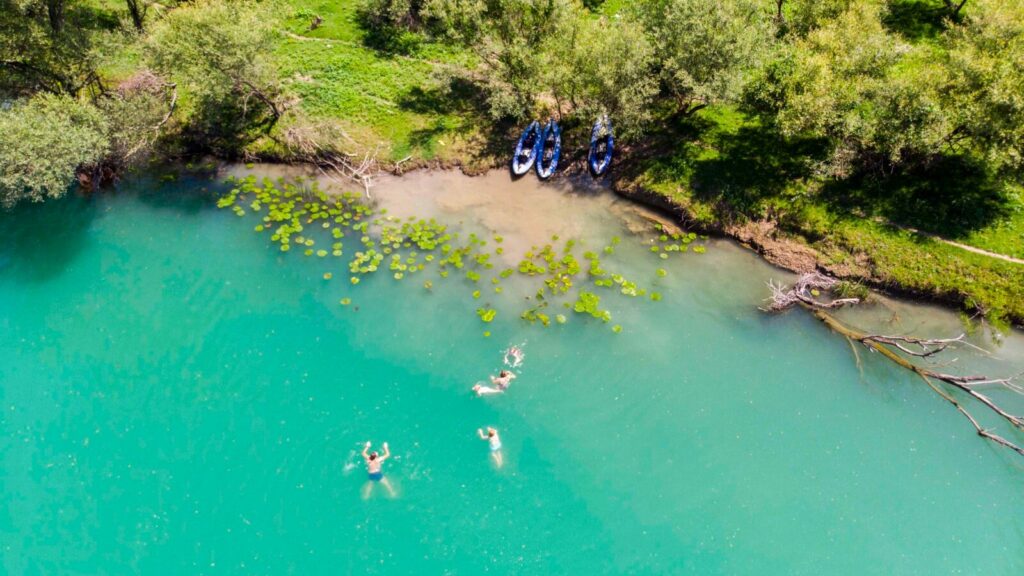
However, it isn’t necessarily the best time for rafting, particularly if you’re a bit of a daredevil. Go in spring when the rivers are high from fresh snowmelt for the most thrilling rapids or early summer for tamer rides. By late summer, water levels can be too low for rapids in some rivers, so check carefully before booking.
Enjoy a range of water sports on our multi activity holidays. Plus — with new rigid sit-on-tops for 2025 — our 7-day Lake Skadar kayaking tour in Montenegro.
Best time to see Dalmatian Pelicans
If you want the best chance of spotting Europe’s largest freshwater bird, book a trip to Lake Skadar in Montenegro/Albania in April or May.
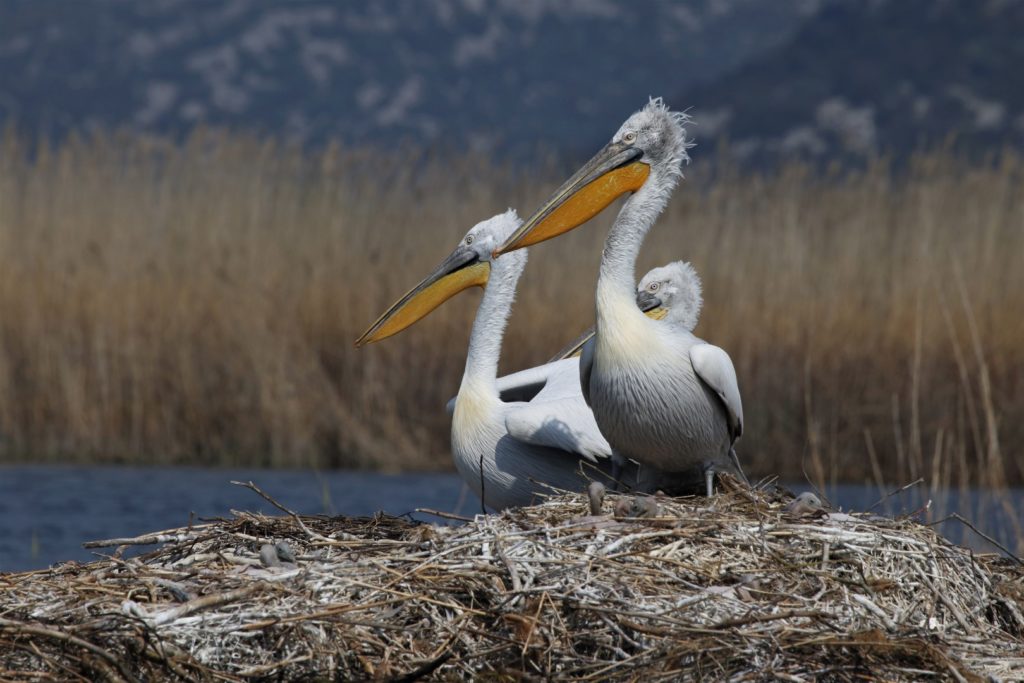
You can see these feathered beauties year-round on the lake, but spring offers a special treat for nature lovers. Warm days coincide with the largest gatherings, as pelicans and their fledglings remain clustered at their nesting sites following the winter mating season. By late June/July, the colony starts to disperse, returning to Lake Skadar’s nesting grounds in December for the next mating cycle.
Spot Dalmatian Pelicans on our Albania and Montenegro holidays.
Best time for avoiding the crowds
Croatia, Albania and Montenegro are becoming more and more mainstream for tourism, so if you want to avoid the throngs, it’s best to book outside the school holidays and instead visit in late September or April/May/June to still get warm weather. Of course, if you come on one of our holidays, you needn’t worry about contributing to overtourism as we’re all about heading off the beaten path.
Best time for winter sports
If you’re looking for skiing or snowboarding, the Balkans is one of Europe’s best-kept secrets, from the former-Olympic slopes of Jahorina in Bosnia and Herzegovina, to the picturesque ski centres of Kolašin and Žaljak in Montenegro.
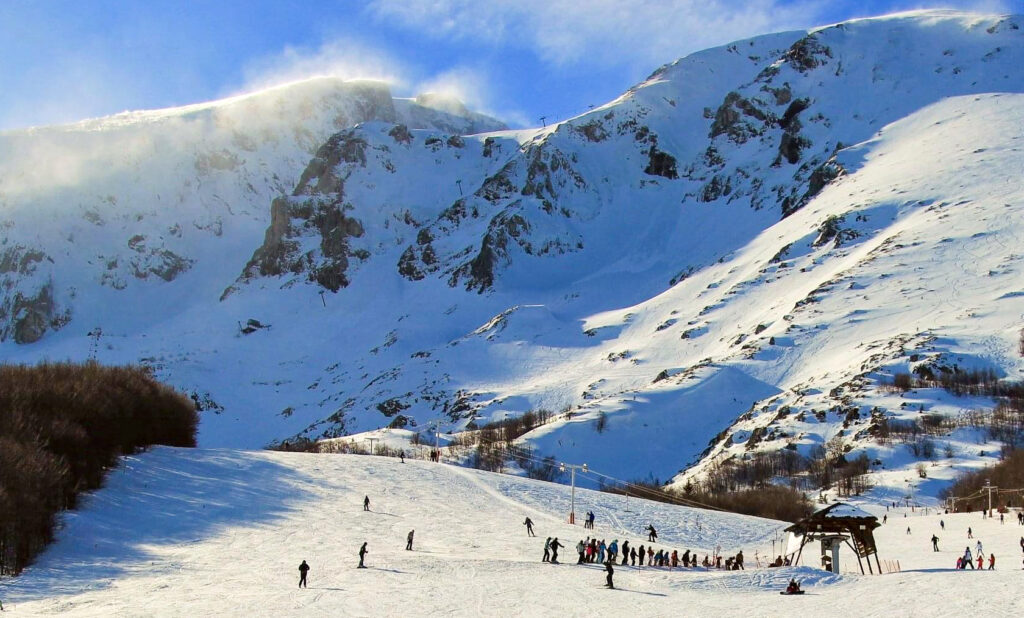
That said, keep in mind that snow isn’t always a sure thing at resorts below 2000 metres, especially at the start or end of the season. January and February are your best bet for reliable conditions for winter sports, unless you’re prepared to hike. But it’s not just about skiing — winter holidays in the Balkans offer great value and a glimpse into a charming alpine culture still mostly enjoyed by locals, with plenty of family and non-skier activities like snowshoe hikes and tobogganing.
In short, there’s no bad time to visit the Balkans as there’s something to look forward to at every stage of the year. It all depends on what you want to see and do during your holiday.
Feeling inspired? Browse our growing collection of Balkans holidays or get in touch for advice.

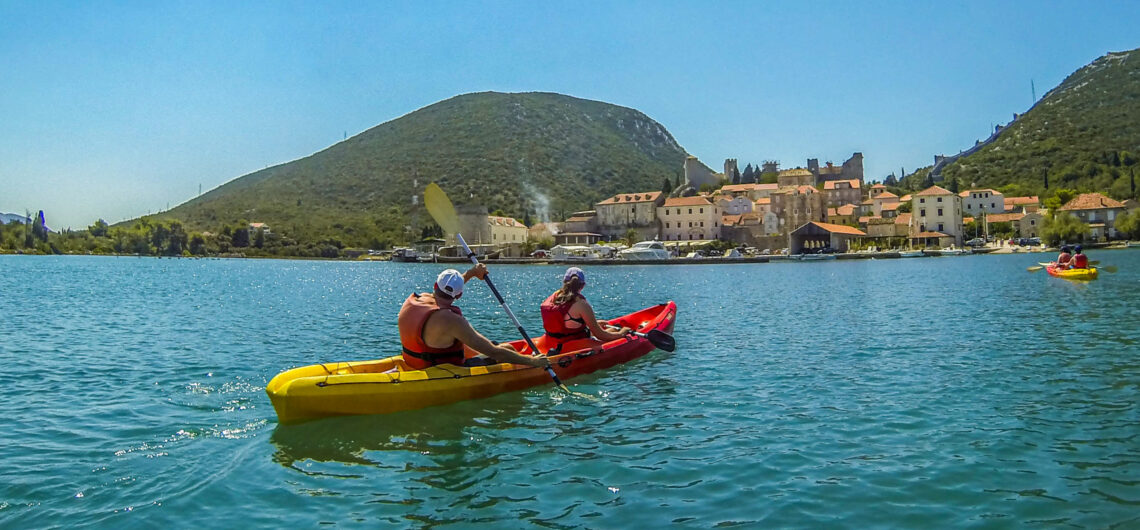
Comments